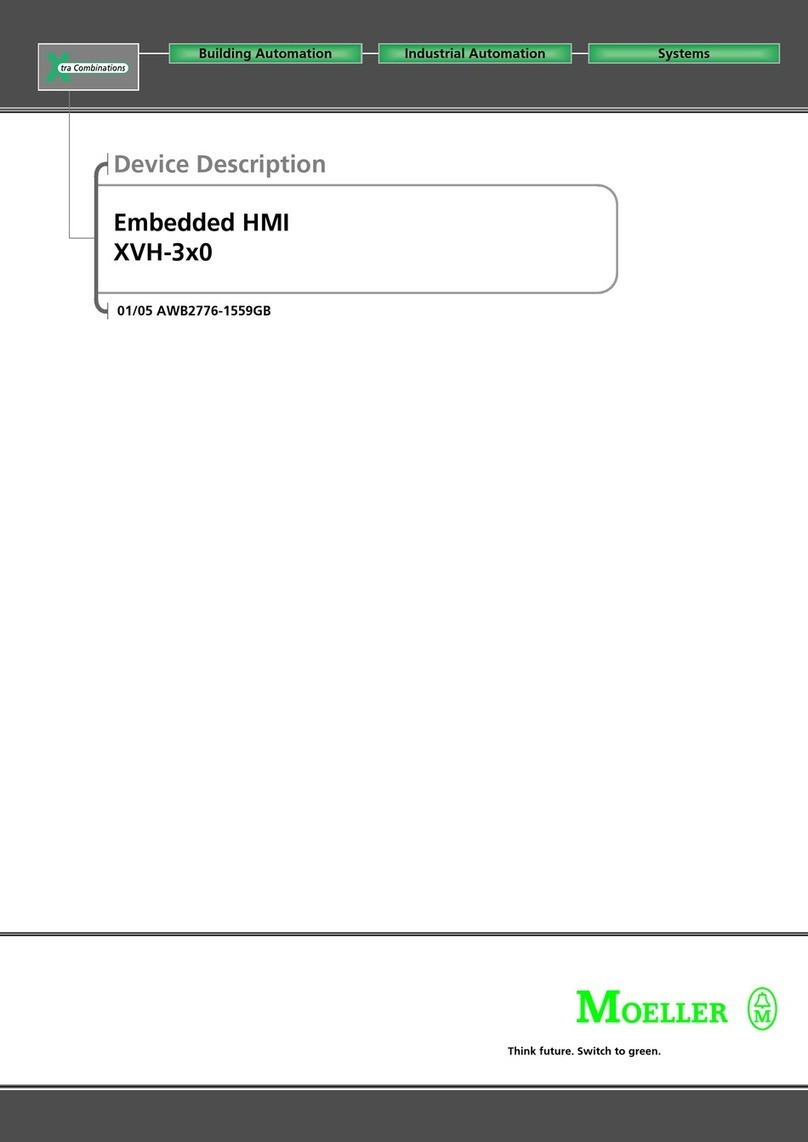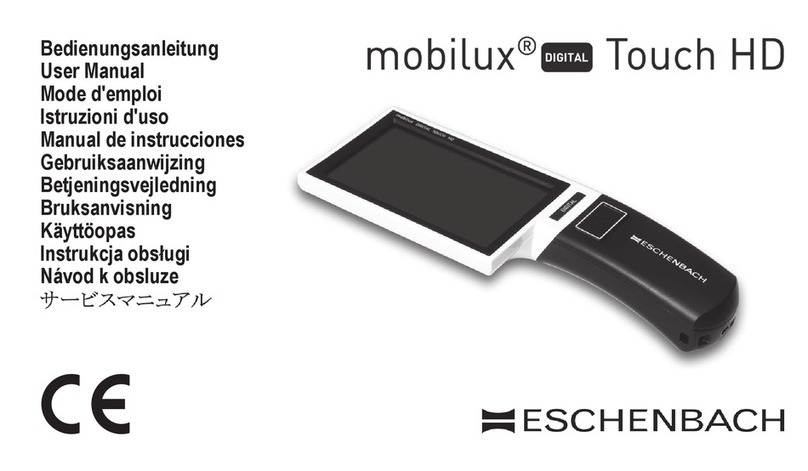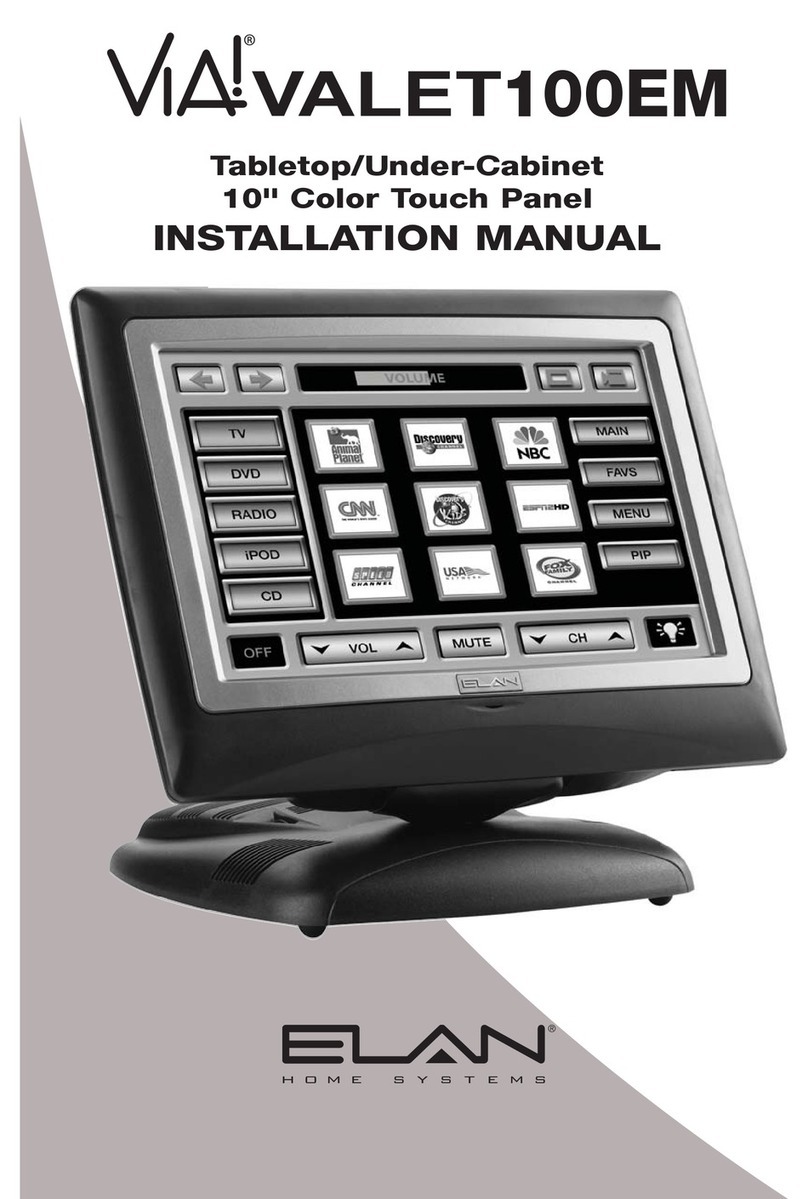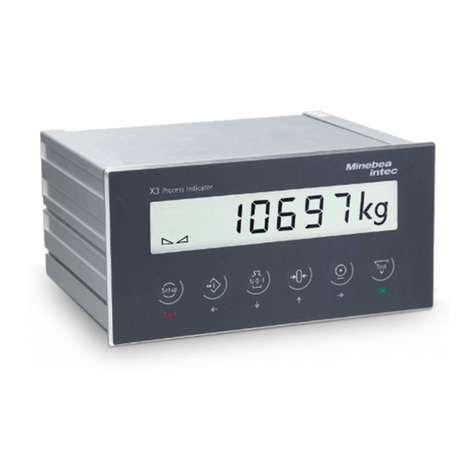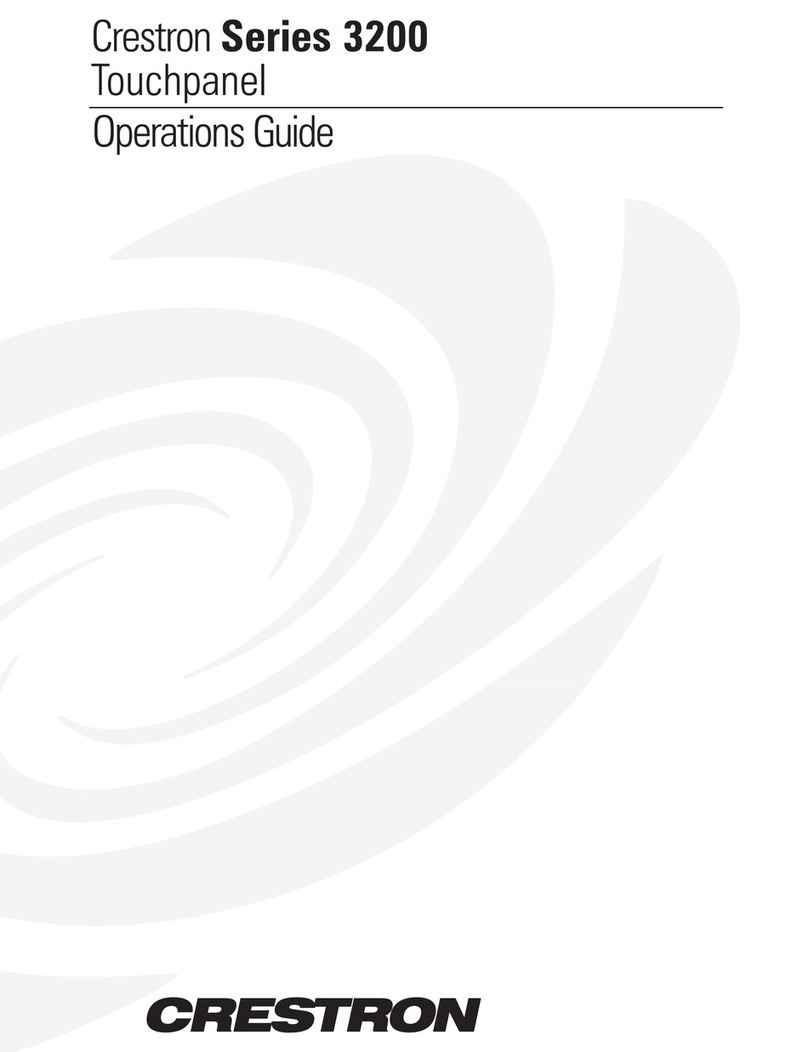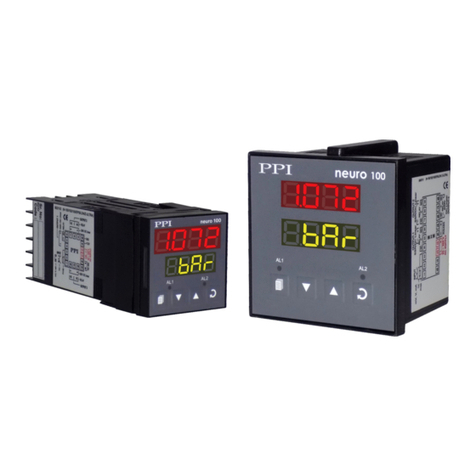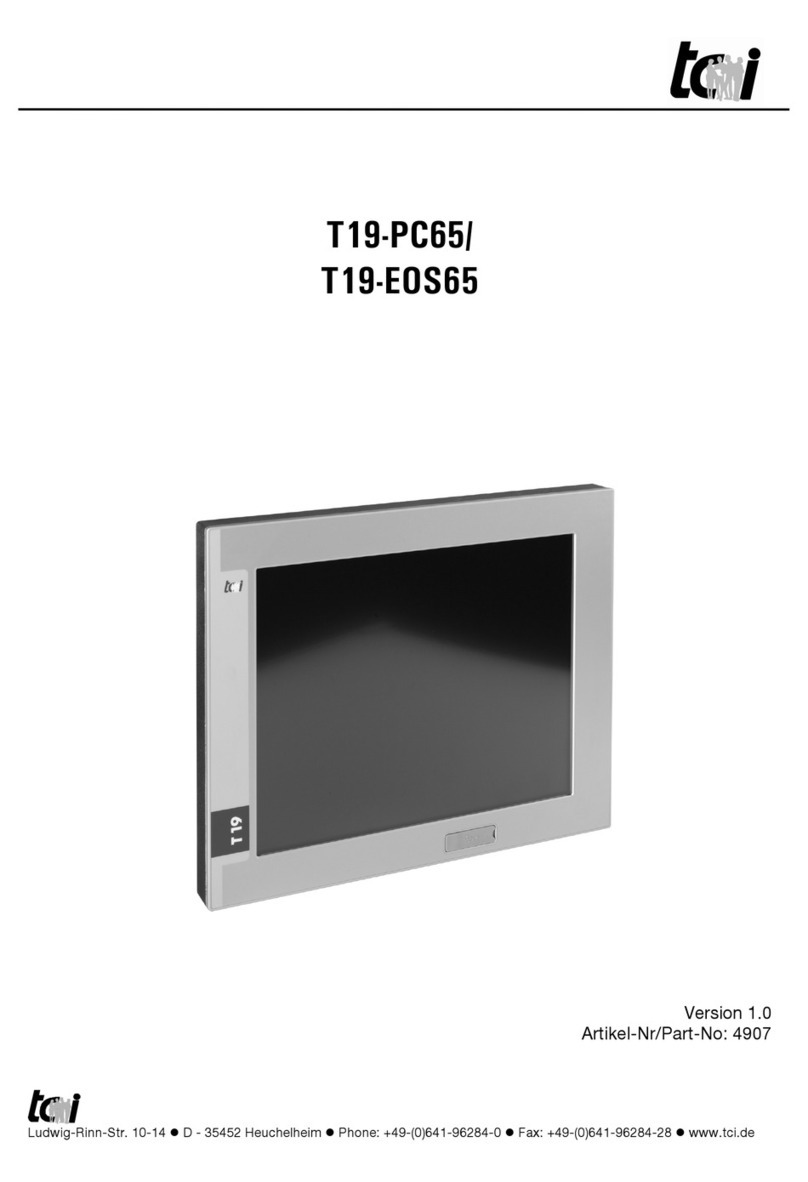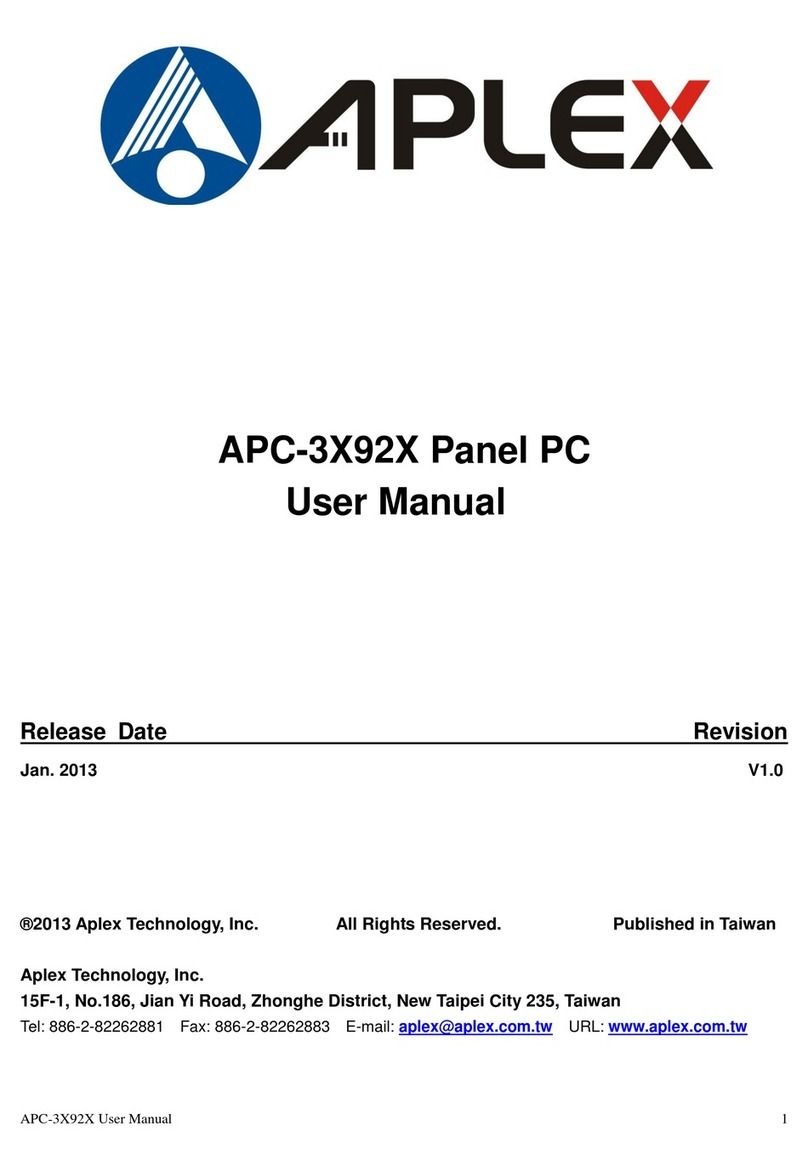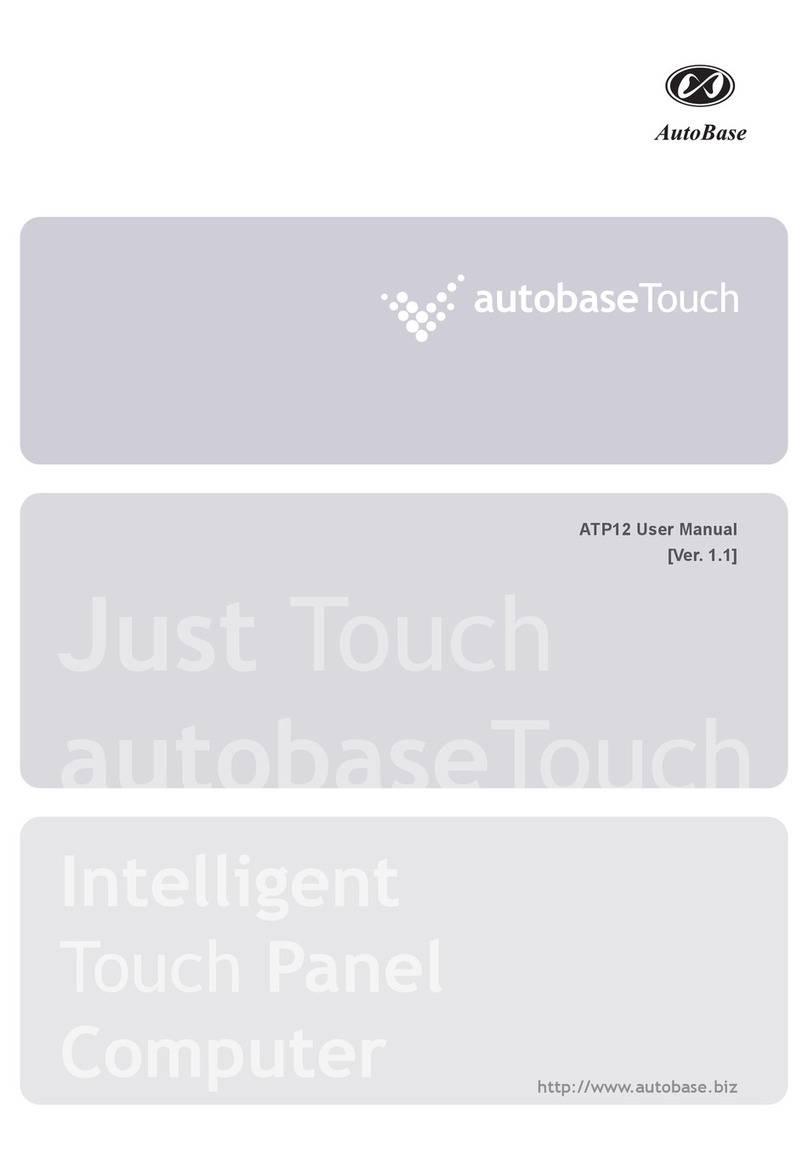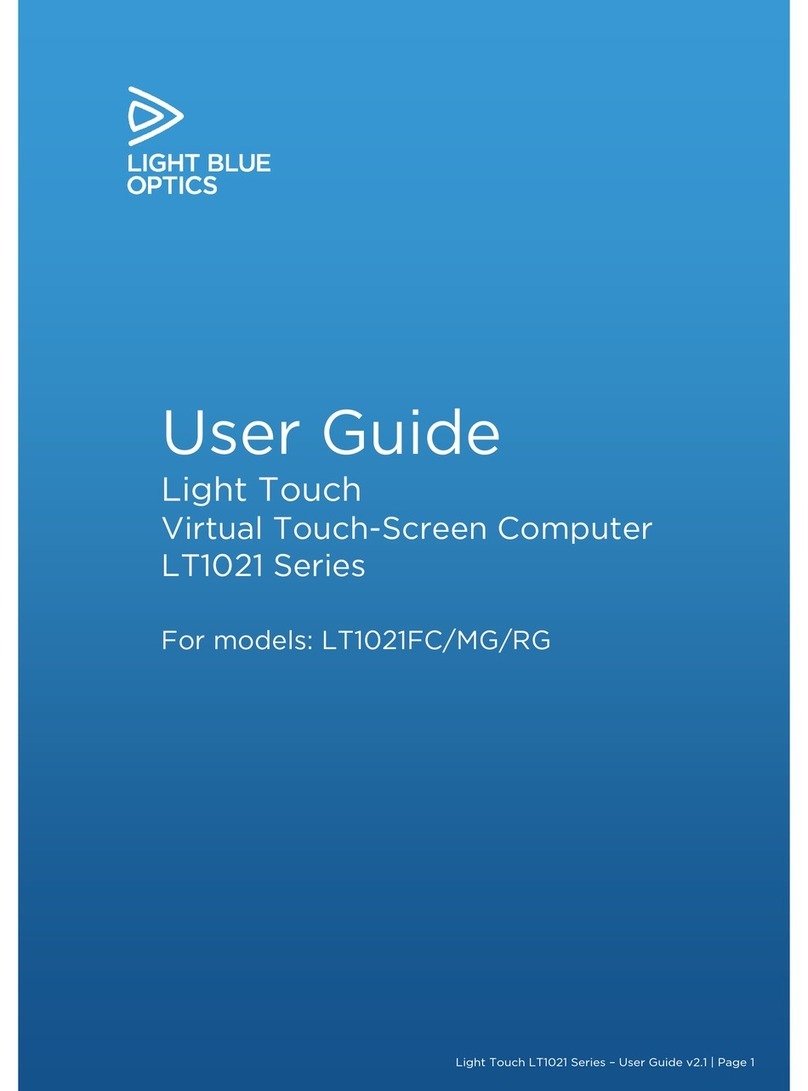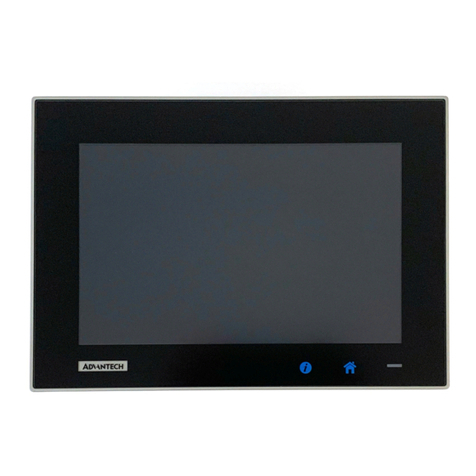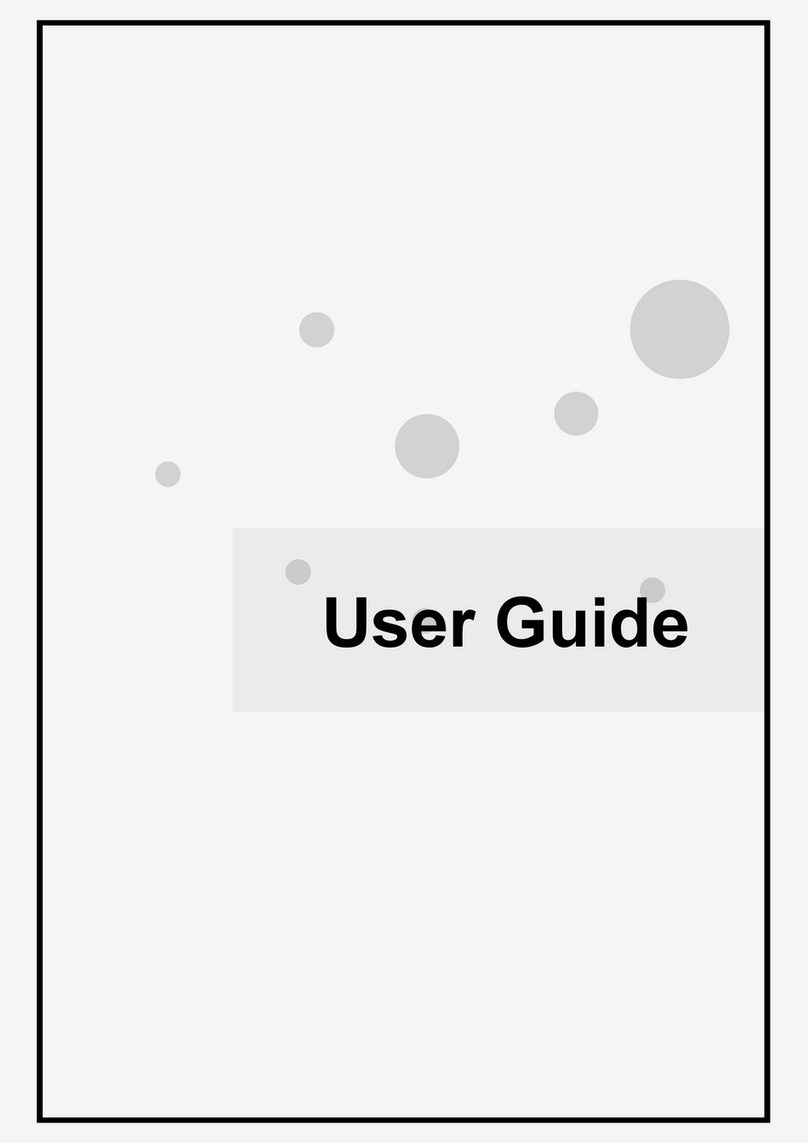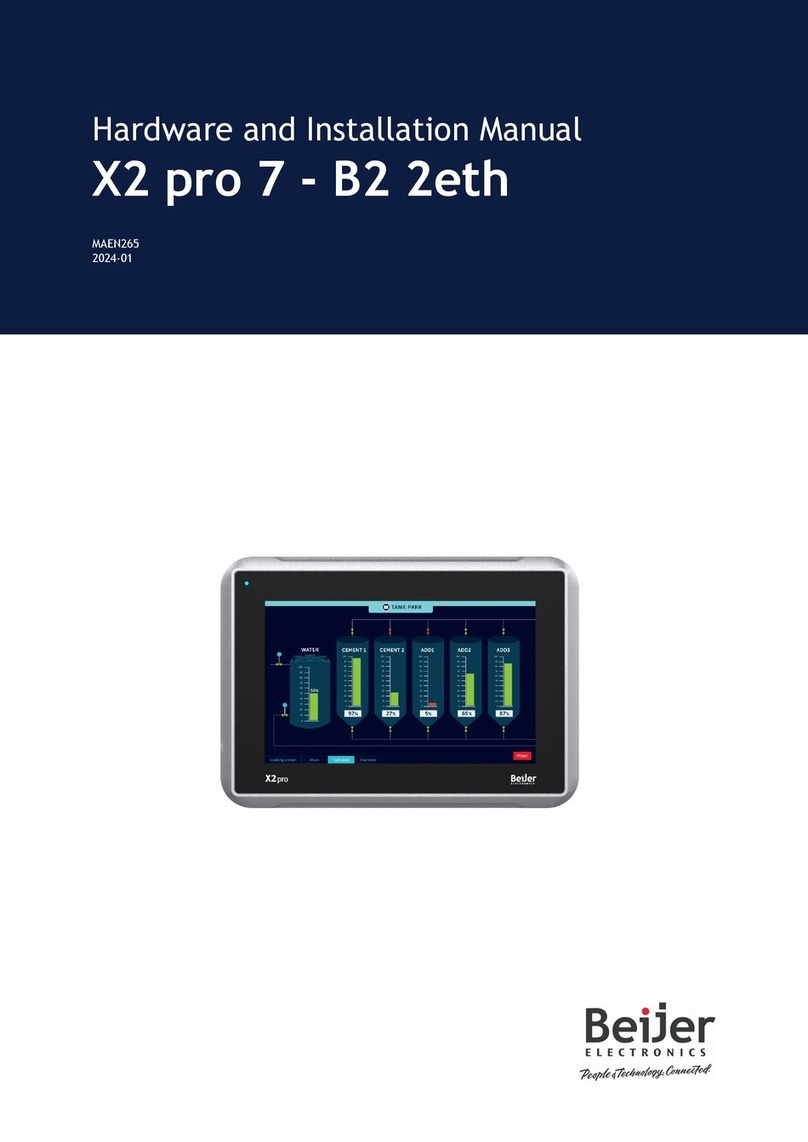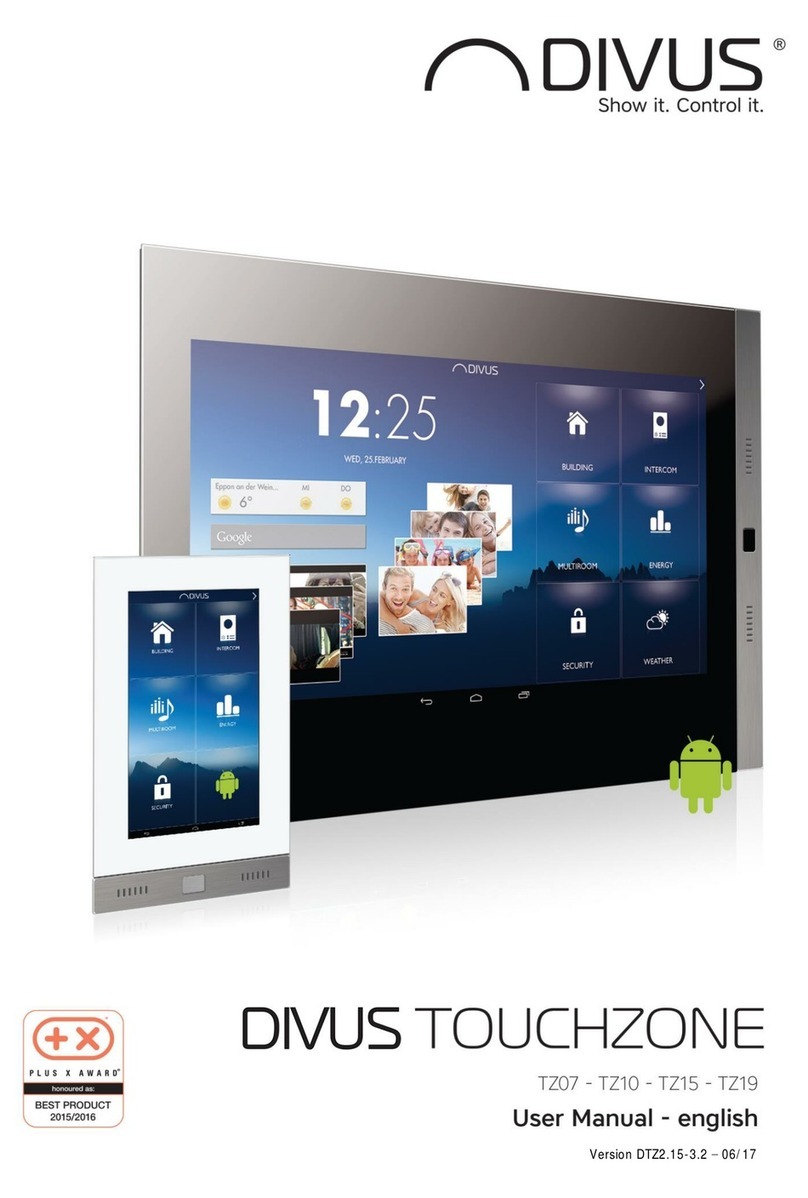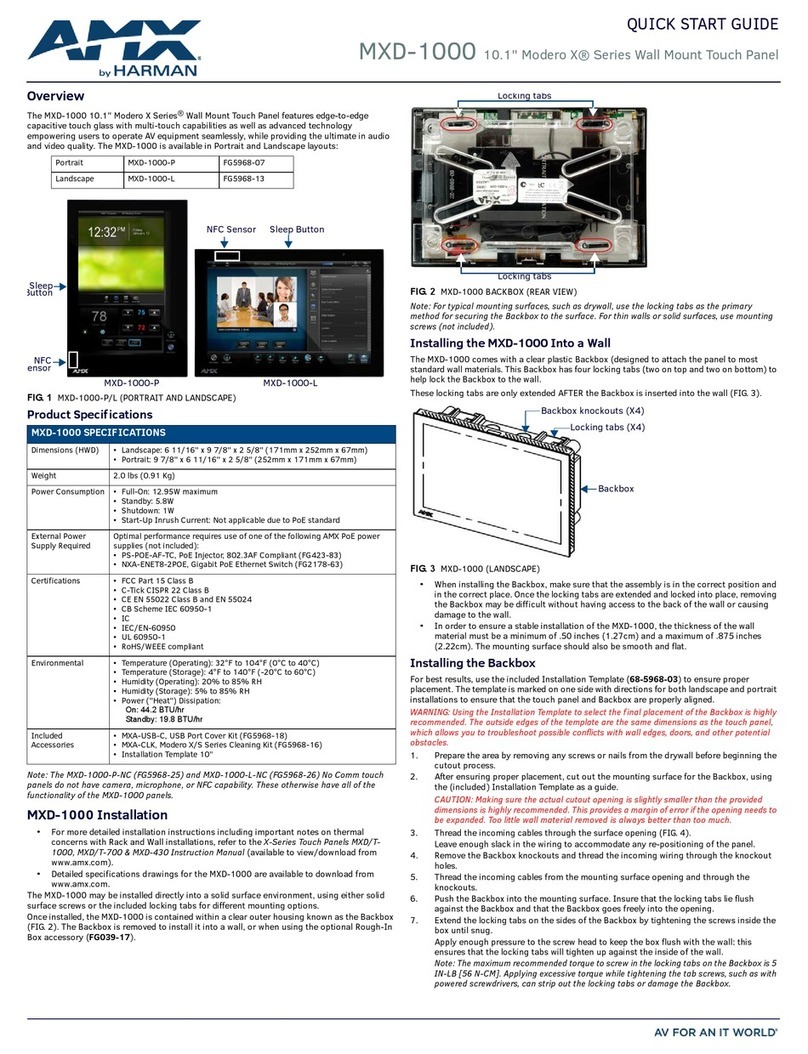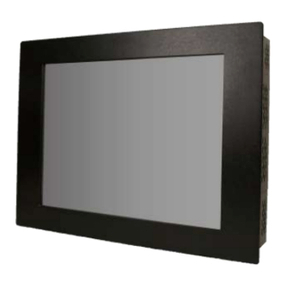Hirschmann PAT EI65/0005 User manual

HIRSCHMANN
LENGTH-ANGLE-RADIUS-LOAD
INDICATING SYSTEM
EI65/0005
OPERATOR’S MANUAL
P/N 056-065-190-005, Rev. C, 6/15/00


Operator’s Manual EI65 / 0005
© PAT Rev. C 06/15/00 // CSH 056-065 / 190005_c.doc
NOTICE
The information in this document is subject
to change without notice.
PAT makes no warranty of any kind with regard
to this material, including, but not limited
to the implied warranties of merchantability
and fitness for a particular purpose.
PAT shall not be liable for errors contained herein
or for incidental or consequential damages in
connection with the furnishing, performance
or use of this manual.
This document contains proprietary information
which is protected by copyright. All rights are
reserved. No part of this document may be
photocopied, reproduced, or translated to
another language without prior consent of PAT.
© 1996 PAT GmbH, D-76275 Ettlingen / Germany © 1999 PAT America, Chambersburg, PA 17201, USA


Operator’s Manual EI65 / 0005
© PAT Rev. C 06/15/00 // CSH 056-065 / 190005_c.doc
Table of Contents
1. GENERAL INFORMATION ........................................................................................................... 1
2. WARNINGS................................................................................................................................... 1
3. SYSTEM DESCRIPTION .............................................................................................................. 2
3.1 System Function ........................................................................................................ 2
3.2 Operating Console ..................................................................................................... 5
3.3 Control Identification .................................................................................................. 6
4. PROGRAMMING PROCEDURE................................................................................................... 9
4.1 Startup Procedure ...................................................................................................... 9
4.2 Setting Operating Configuration of the Crane .......................................................... 10
4.2.1 Setting of Reevings ........................................................................................... 13
4.2.2 Selecting the Hoist Winch.................................................................................. 13
4.3 Activating and Setting of Preset Limits..................................................................... 14
4.3.1 Setting of Boom Length Presets ........................................................................ 14
4.3.2 Setting of Boom Angle Presets.......................................................................... 15
4.3.3 Setting of Boom Radius Presets........................................................................ 16
4.3.4 Setting of Boom Height Presets......................................................................... 16
4.3.5 Setting of Boom Load Presets ........................................................................... 17
4.3.6 Exit Limit Presets............................................................................................... 17
4.3.7 Default Limit....................................................................................................... 17
5. PRE-OPERATION INSPECTION................................................................................................ 18
6. OPERATION ............................................................................................................................... 19
7. SERVICE AND MAINTENANCE ................................................................................................. 20
8 TROUBLESHOOTING ................................................................................................................. 20
Malfunction Table........................................................................................................... 21


General Information
© PAT Rev. C 06/15/00 // CSH 056-065 / 190005_c.doc
1
1. GENERAL INFORMATION
The PAT Length-Angle-Radius-Load Indicator System EI65 has been designed to provide the crane
operator with the essential information required to enable the machine to be used within its design
parameters. The EI65 System indicates the length and angle of the boom, tip height, working radius
and the total calculated weight being lifted by the crane.
Using various sensing devices, the EI65 System warns the crane operator of certain approaching
hazardous conditions, which could occur during the operation of the crane.
The purpose of this Operator’s Manual is to provide information to help the crane operator operate,
maintain and troubleshoot the PAT System.
The manual contains the system description, operating, and calibration information.
Always refer to operational instructions and load charts provided by the crane manufacturer
for specific crane operation and load limits.
2. WARNINGS
•The EI65 is an operational aid that warns a crane operator of certain approaching hazardous
conditions, which could cause damage to equipment and personnel.
•The device is not, and shall not be, a substitute for good operator judgment, experience and use of
accepted safe crane operating procedures.
•The responsibility for the safe operation of the crane shall remain with the crane operator who shall
ensure that all warnings and instructions supplied are fully understood and observed.
•Prior to operating the crane, the operator must carefully and thoroughly read and understand the
information in this manual to ensure that he knows the operation and limitations of the indicator
and crane.
•Proper functioning is dependent upon proper daily inspection and observations of the operating
instructions set forth in this manual.

Operator’s Manual EI65 / 0005
© PAT Rev. C 06/15/00 // CSH 056-065 / 190005_c.doc
2
3. SYSTEM DESCRIPTION
The PAT EI65 System consists of an operating console with a central microprocessor unit,
length/angle sensor, force transducers and anti-two block switches.
Boom length and boom angle is registered by the length/angle sensor mounted inside the cable reel,
which is mounted on the boom. The boom length is measured by the cable reel cable, which also
serves as an electrical conductor for the anti-two block switches.
The crane load is measured by running line tensiometers attached to the upper side of the boom.
3.1 System Function
After ignition of the engine, the system starts with an automatic test of all lamps, the audible alarm and
the complete system.
After the system has passed through the system test without errors, the system will request the
operator to confirm the boom and jib configuration data. This allows the operator to compare the
system configuration with the actual crane configuration (Refer Section 4.1). After the operator
confirms the system configuration, the console will indicate on the display (13), the actual load, tip
height, boom length, boom angle, and radius. If an error occurs, refer to Section 8 and the error code
list.
In case of a lattice boom crane or if the crane is equipped with a jib, the operator has to confirm the
boom and jib configuration data after the system test and before normal operation (refer to Section 4

Programming Procedure
© PAT Rev. C 06/15/00 // CSH 056-065 / 190005_c.doc
3
Figure 1: PAT System EI65 Components of the Telescopic Crane
1. Console
2. Cable Reel
3. Linerider or Force Transducer *
4. A2B Switch
* The load sensor depends on the system
and crane options. Refer to Installation
Manual 031-300-190-008 for system kit
options.

Operator’s Manual EI65 / 0005
© PAT Rev. C 06/15/00 // CSH 056-065 / 190005_c.doc
4
Figure 2: PAT System EI65 Components of the Lattice Crane
1. Console
2. Cable Reel
3. Linerider or Force Transducer*
4. A2B Switch
5. Angle Sensor
* The load sensor depends on
the system and crane options.
Refer to Installation Manual 031-300-
190-008 for system kit options.

Programming Procedure
© PAT Rev. C 06/15/00 // CSH 056-065 / 190005_c.doc
5
3.2 Operating Console
The console has 2 functions:
•terminal for input of instructions and information to the system by the crane operator
•display of crane data and information
The operating console is located in the operator’s cabin in front of the operator. This unit contains
different displays and controls, which are described in Section 3.3.
Figure 3. Operating Console
1. Overload Alarm Light
2. Anti-Two Block Alarm Light
3. Limit Alarm Light
4. “Horn OFF” and Alarm Light Button
5. Audible Alarm
6. “SELECT” Button
7. “Reevings/Hoist” Button
8. “LIMIT” Button
9. “TARE” Button
10. “OK” Button
11. “DOWN” Button
12. “UP” Button
13. Data Display

Operator’s Manual EI65 / 0005
© PAT Rev. C 06/15/00 // CSH 056-065 / 190005_c.doc
6
3.3 Control Identification
The above figure illustrates the controls and displays of the EI65 Operating Console. The numbers of
the illustration correspond to the numbers in the following list, which describes the function of each
control.
1 Overload Alarm Light
The red Overload Alarm Light (1) will light up when the preprogrammed load limit is
reached. At the same time the Audible Alarm (4) will sound and the Limit Alarm Light
(3) and the alarm light in the button Horn-Off (5) will light up.
The corresponding crane movements will be stopped (Option).
2 Anti-Two Block Warning Light
The red Anti-Two Block Warning Light (2) will light up when the anti-two block limit
switch contacts open, indicating that a two-blocking condition is approaching. At the
same time the Audible Alarm (4) will sound and the alarm light in the button Horn-Off
(5) will light up.
The following crane movements will be stopped simultaneously: hoist up, telescope
out, boom down (Option).
3 Limit Alarm Light
The Limit Alarm Light (3) will light up when one of the preprogrammed limits are
reached. The limits defined by the operator as minimum and maximum limits for boom
angle, boom length, boom height, working radius. At the same time the Audible Alarm
(4) will sound and the alarm light in the button Horn-Off (5) will light up.
The corresponding crane movements will be stopped (Option).
4 “Horn Off” and Alarm Light Button
The Button “Horn Off” (5) allows the audible alarm to be silenced for approx. 15
seconds by pressing this button. At the same time the corresponding Alarm Light (5)
goes out.
5 Audible Alarm
The Audible Alarm (4) is located on the bottom side of the console. It sounds
during the following conditions:
•approaching two-block condition
•preset angle, height, length or radius limits are reached
•preset load limit is reached
•system error.
The alarm can be silenced for 15 seconds by pushing button (5).
STO
P
LIMI
T

Programming Procedure
© PAT Rev. C 06/15/00 // CSH 056-065 / 190005_c.doc
7
6 “Select” Button
The button “Select” (6) is used for indicating and setting the values of the Operating
conditions.
After pressing this button the display indicates a part of the “Select Menu”. It is possible
to move through the different points and pages of the menu step by step by pushing the
“DOWN” (11) button.
The procedure for indicating and setting the Operating Conditions is described in Section 4.2
7 “Reevings/Hoist” Button
The button “Reevings/Hoist (7) is used for setting the number of reevings (parts of line)
and selecting the hoist winch.
After pressing the button one time the operator is requested to enter the actual number
of parts of line by using the button “Up” (12) and “Down” (11).
After pressing the button two times the operator can select the actual hoist winch by using the button
“Up” (12) and “Down” (11).
The procedure for setting the reevings and selecting the hoist winch is described in Section 4.2
8 “Limit” Button
The button “Limit” (8) is used for activating the setting procedure of the preset limits.
The limits are defined by the operator as minimum and maximum limits for boom length,
boom angle, boom height, working radius and maximum limit of load.
The procedure for setting the limits is described in Section 4.3
9 “Tare” Button
The button “Tare” (9) is used to indicate the net load on the display. Net load is the
actual load, less lifting tackle and hook block. The button “Tare” has to be activated
before lifting.
After pushing the button “Tare” (9) and before lifting the load display will be set to zero
(tare) and the lamp in the button lights up. After lifting a load the load display shows the net load
(payload).
The net load display will return to the normal load display when the button “Tare” (9) is pressed a
second time.
10 “OK” Button
This button (10) is used to confirm values and data, which are used as input for the
system. The instruction to use this button will always be given on the display.
SELECT
LIMI
T
TAR
E
OK

Operator’s Manual EI65 / 0005
© PAT Rev. C 06/15/00 // CSH 056-065 / 190005_c.doc
8
11 “Down” Button
The button “Down” (11) is used to get a decrease of a numerical value at the display
during the programming and setting procedures and to move through the different
menus in “Down” direction. The instruction to use this button will be given on the display.
12 “Up” Button
The button “Up” (12) is used to get an increase of a numerical value at the display
during the setting procedure of limits and operating conditions.
13 Data Display
The Display (13) will show technical information as well as operating information and instructions for
the operator.
120.
0
112000lb
s
88.
5
81.
0
47.
5
1
6
During crane operation the readout will display the actual load, the tip height, the boom length, the
boom angle, the working radius, the selected hoist winch and the number of reevings (parts of line). In
case of a system error an error code is displayed in place of the reevings.
During the setting procedure of the Operating Conditions and the limit setting procedure the display
shows the setting values and information for the operator.

Programming Procedure
© PAT Rev. C 06/15/00 // CSH 056-065 / 190005_c.doc
9
4. PROGRAMMING PROCEDURE
During the startup phase the PAT System EI65 automatically starts with a programming procedure
which relies on the correct entry by the crane operator.
This procedure consists of three parts:
•Startup Procedure
•Setting operating configuration of the crane
•Setting the preset limits
For simple operation, the computer guides the operator through the procedure step by step. The
operator has to read the information displayed and answer questions by using appropriate buttons of
the keyboard. During each step of the procedure, particular button lights will come on to identify the
possible choices for the step.
4.1 Startup Procedure
After ignition of the engine the system starts the Startup Procedure with a self-test.
During the Startup Procedure the crane operator will confirm the preset configuration stored in system
memory as described below. The operator will compare the preset operating configuration values with
the actual crane configuration.
If there is a difference between the indicated and the actual condition, the operator must correct those
values by completing Steps 1 to 15 in Section 4.2.
The system stores the preset values for a minimum of 2 hours when the crane voltage is switched off.
After a loss of the preset values, the operator will need to reset these values.
The display shows the previously programmed boom and jib configuration.
The crane operator can compare the preset Operating Configuration
Values with the actual crane configuration. To confirm the displayed
values, push the button “OK” (10).
To change the configuration values, go to one of the following sections. If the system configurations
are correct, go to Section 5 PRE-OPERATION INSPECTION.
To change the configuration values go to one of the following sections:
•Section 4.2 will allow the operator to change all crane configurations.
•Section 4.2.1 will allow the operator to quickly change Reeving only
•Section 4.2.2 will allow the operator to quickly to change Hoist selection only.
Note: On a telescopic crane the Startup Procedure will also be skipped, when only a main boom
(without jib) is preprogrammed.
MB 115.0 J1 85.0
J2 50.0 0J 15.0 1

Operator’s Manual EI65 / 0005
© PAT Rev. C 06/15/00 // CSH 056-065 / 190005_c.doc
10
4.2 Setting Operating Configuration of the Crane
Note: Only calibrated operating selections, i.e. extension and/or jibs, will appear in the following
operating configuration selection.
Step 1
To enter new values the “Select” (6) button has to be pressed.
The DOWN (11) button can be pressed to skip a step in the following procedure. When a particular
step is skipped, the configured values of that step remain the same as previously programmed.
Step 2
The operator is requested to enter the boom configuration.
Press “OK” (10) Button for next step. To continue with the previously
entered boom configuration press the DOWN (11) button.
Step 3 to 9 will be skipped, when the button “DOWN” is pressed.
Step 3
The operator is requested to press the “DOWN” (11) button if the crane
is equipped with a boom extension. If the crane is equipped only with a
main boom (without jib or boom extension) the OK (10) button has to be
pressed.
Step 5 to 9 will be skipped, when the button “OK” is pressed.
Step 4 For telescopic cranes this step will be skipped.
The display shows the previously programmed or default length of the
main boom. To enter a new main boom length, the operator has to
select the value by pressing the “UP” (12) or “DOWN” (11) buttons.
Step 5 This step will be skipped, when there is no whip extension available.
If the crane is equipped with a whip extension, press the “OK” (10)
button. If the crane is not equipped with a whip extension, press the
DOWN (11) button.
Step 6 will be skipped, when the whip extension is selected.
Step 6
If the crane is equipped with an extension or jib, press the “OK” (10)
button. If the DOWN (11) button is pushed, the system will return to
Step 3, because no extension or jib have been entered.
SELECT BOOM?
PUSH ↓OR OK
MAIN BOOM?
PUSH ↓OR OK
BOOM LGTH?
PUSH ↓↑ OR OK
WHIP EXTENSION?
PUSH ↓OR OK
FIXED EXTENSION?
PUSH ↓OR OK

Programming Procedure
© PAT Rev. C 06/15/00 // CSH 056-065 / 190005_c.doc
11
Step 7
The display shows the previously programmed or default length of jib 1. Enter a
new jib length, using the “UP” (12) or “DOWN” (11) buttons. If no jib 1 is used
the value 0.0 has to be selected.
Note: Jib 1 is a boom extension with fixed length and without offset angle.
Confirm jib 1 length by pressing the “OK” (10) button.
Step 8
The display shows the previously programmed or default length of jib 2. Enter a
new jib length, using the “UP” (12) or “DOWN” (11) buttons. If no jib 2 is used
the value 0.0 has to be selected.
Note: Jib 2 is a boom extension with fixed length and with offset angle.
Confirm jib 2 length by pressing the “OK” (10) button.
Step 9
The display shows the previously programmed or default offset of jib 2.
Enter a new jib offset, using the “UP” (12) or “DOWN” (11) buttons.
Confirm jib 2 offset by pressing the “OK” (10) button.
Step 10 This step will be skipped, if the crane is not equipped with an Auxiliary Hoist.
The crane operator is requested to select hoist or winch that is currently being
used. Press Button “OK” (10) for next step. If the operator wants to continue
with the previously used or default hoist, press the “DOWN” (11) button.
Step 11 will be skipped, when the button “DOWN” is pressed.
Step 11
Use the “DOWN” (10) button to toggle between the Main Hoist or the
Auxiliary Hoist. Confirm the selection by pressing the “OK” (10) button.
JIB LGTH_1: 45
USE ↓↑ OR OK
JIB LGTH_2: 25
USE ↓↑ OR OK
JIB OFFSET_2: 15
USE ↓↑ OR OK
HOIST SELECT?
PUSH ↓OR OK
MAIN HOIST?
PUSH ↓OR OK
AUXILIARY HOIST?
PUSH ↓OR OK

Operator’s Manual EI65 / 0005
© PAT Rev. C 06/15/00 // CSH 056-065 / 190005_c.doc
12
Step 12
Press Button “OK” (10) to enter the number of reevings (parts of line)
being used. If the operator wants to continue with the previously
programmed or default number of reevings, press “DOWN” (11) button.
Step 13 will be skipped, when the button “DOWN” is pressed.
Step 13
The display shows the previously programmed or default number of
reevings (parts of line). To change the parts of line, use the “UP” (12) or
“DOWN” (11) buttons. If the operator wants to continue with the
displayed number of reevings (parts of line), confirm by pressing the
“OK” (10) button.
Step 14
If you would like to review the selection made in the programming
procedure, press “OK” (10) button. The display will show jib length and
offset, check correct and press “OK”. If no jibs were selected the Exit
screen will appear.
Step 15
The Setting Procedure is completed. The crane operator has the
possibility to accept the conditions programmed on Step 1 to 13, or to
correct the values.
For correction of the preset condition press the “DOWN” (11) button and
correct the selection you have made in this programming procedure. After correcting the selection,
return to the EXIT screen to accept and exit.
Press the “OK” (10) button.
The operating screen will be displayed, which shows the measured crane data. Complete Section 5.
PRE-OPERATION INSPECTION to ensure the data shown is correct.
REEVING?
PUSH ↓OR OK
PARTS OF LINE: 1
PUSH ↓↑ OR OK
SHOW SELECTION?
PUSH ↓OR OK
EXIT!
PUSH ↓OR OK

Programming Procedure
© PAT Rev. C 06/15/00 // CSH 056-065 / 190005_c.doc
13
4.2.1 Setting of Reevings
The operator can activate the setting procedure by pushing the button “Reevings/Hoist Winch” (7).
After pushing the button one time an asterisk will appear on the display beside the number
of reevings, indicating that the procedure of setting the reevings is activated. To enter a
new number of reevings the operator has to select the value by pushing the buttons “UP”
(12) or “DOWN” (11).
If the operator wants to continue with the displayed number of reevings (parts of line) he
has to confirm by pushing the button “OK” (10).
After pushing the button “OK” (10) the procedure for Number of Reevings is completed.
The operating screen will be displayed, which shows the measured crane data. Complete Section 5.
PRE-OPERATION INSPECTION to ensure the data shown is correct.
4.2.2 Selecting the Hoist Winch
The procedure for selecting the hoist winch can be activated by the operator by pushing the button
“Reevings/Hoist Winch” (7) two times.
After pushing the button two times an asterisk will appear on the display beside the
symbol for the hoist winch.
Select either the main hoist “UP” (12) or the auxiliary hoist using the button “DOWN”
(11).
Select the hoist or winch that is currently being used, and confirm by pushing the “OK” (10) button.
The operating screen will be displayed, which shows the measured crane data. Complete Section 5.
PRE-OPERATION INSPECTION to ensure the data shown is correct.
16 *
*

Operator’s Manual EI65 / 0005
© PAT Rev. C 06/15/00 // CSH 056-065 / 190005_c.doc
14
4.3 Activating and Setting of Preset Limits
The PAT System EI65 is equipped with the following presets:
•limit for maximum hook load
•limits for maximum and minimum boom angle, boom length and working radius.
The operator has the option to activate a maximum and minimum limit of one of the above
geometric dimensions.
When a limit is activated, it is identifiable by a blinking colon on the working screen for the
corresponding geometric data displayed.
The operator has to read the information displayed and is instructed to answer questions by
using appropriate buttons of the keyboard as defined in the following procedures. During the
Setting Procedure, the lamp in the particular button lights up to indicate button option.
When the system is longer than 2 hours without supply voltage, the preset values may be lost
and will reset to the to the maximum or minimum limits.
To activate a preset limit press the LIMIT (8) button.
Scroll through the following limits by pressing the “DOWN” (11) button this will allow you to
select one of the following presets:
4.3.1 Length Limit
4.3.2 Angle Limit
4.3.3 Radius Limit
4.3.4 Height Limit
4.3.5 Load Limit
4.3.6 EXIT Limit; exits the limit settings
4.3.7 Default Limits; set the all limits at a maximum and minimum
4.3.1 Setting of Boom Length Presets
Step 1
This message appears after pushing the “LIMIT” (8) button and pressing
the “DOWN” (11) button to scroll through the limits. To set a minimum
and maximum boom length limit press the “OK” (10) button.
Step 2
The minimum boom length preset value is displayed, use the “UP” (12)
and “DOWN” (11) buttons to change the displayed value to your desired
limit. Push Button “OK” (10) for next step.
LENGTH LIMIT?
PUSH ↓OR OK
MIN. LIMIT: 10
USE ↑↓ OR OK
Table of contents
Other Hirschmann Touch Panel manuals
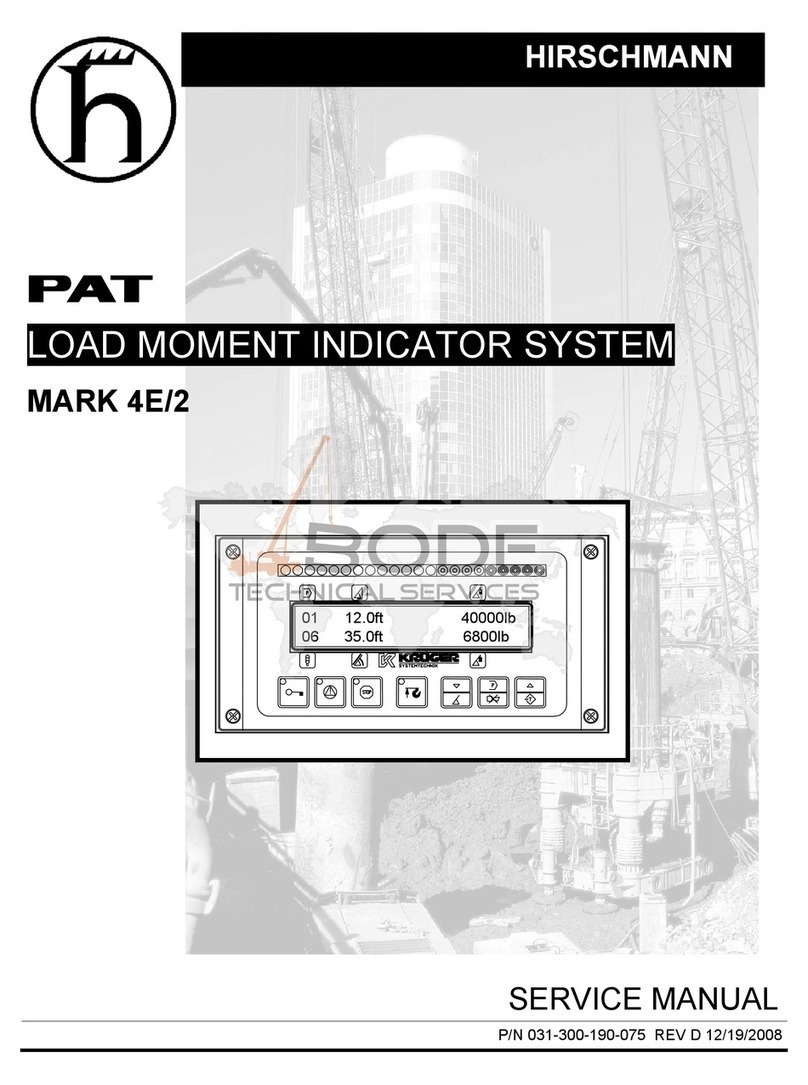
Hirschmann
Hirschmann MARK 4E/2 User manual
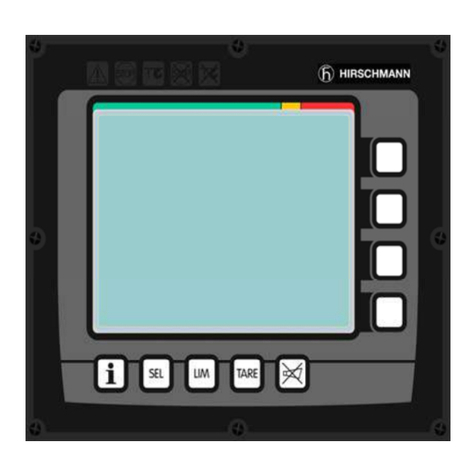
Hirschmann
Hirschmann iVISOR mentor QVGA User manual
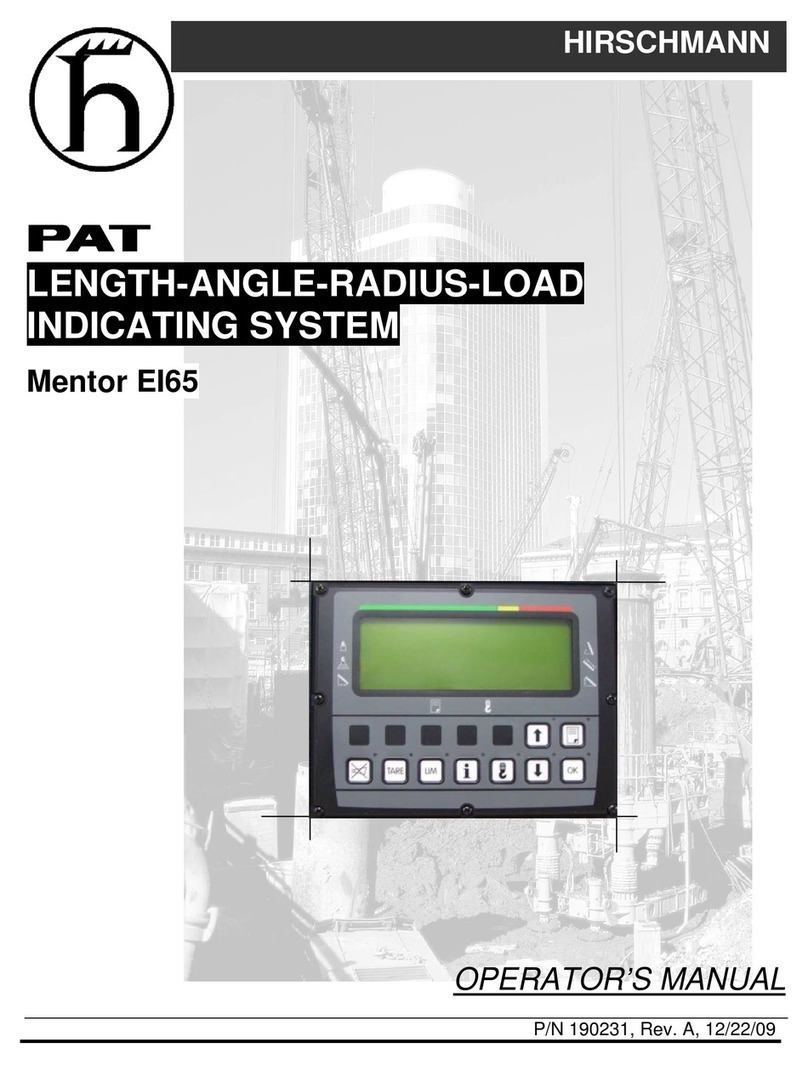
Hirschmann
Hirschmann Mentor EI65 User manual
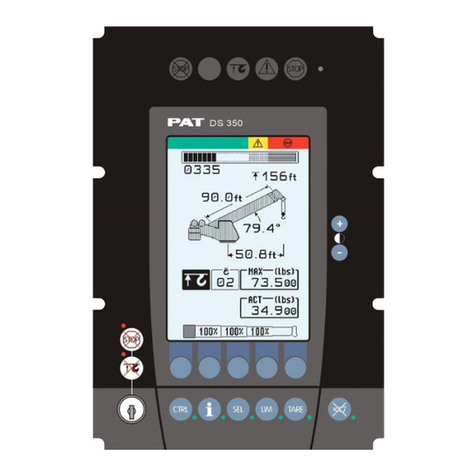
Hirschmann
Hirschmann PAT IFLEX5 User manual

Hirschmann
Hirschmann PAT DS 350GM Programming manual
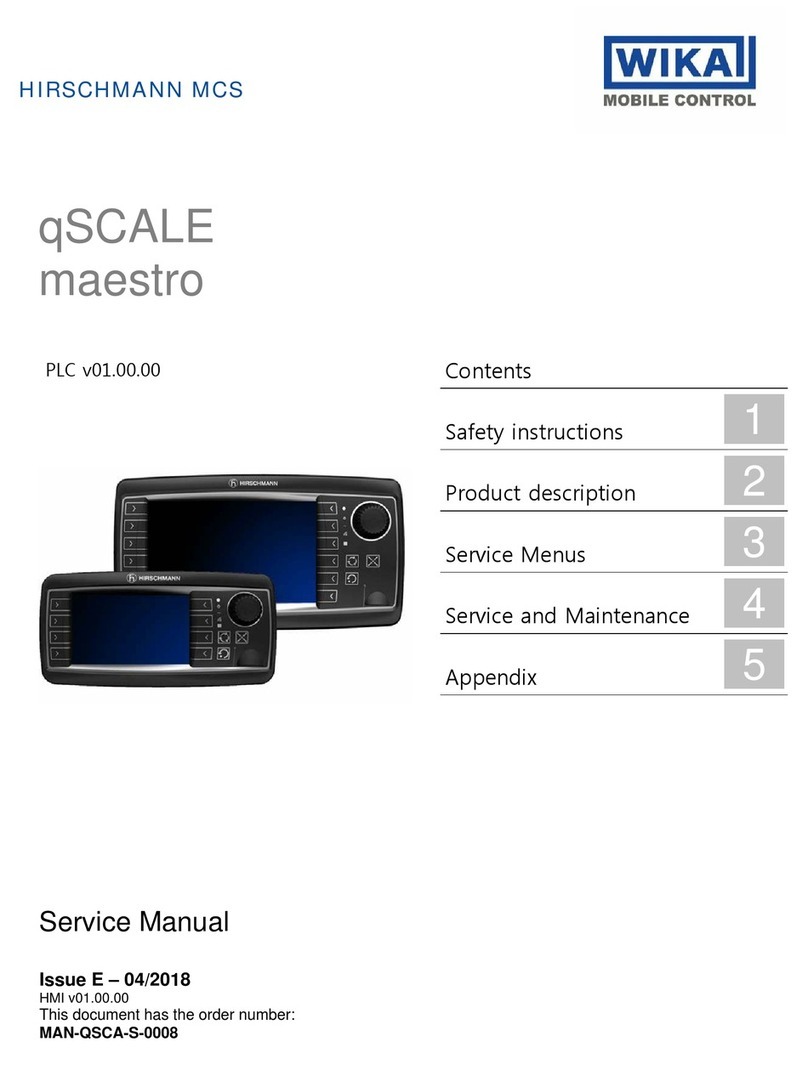
Hirschmann
Hirschmann qSCALE maestro User manual
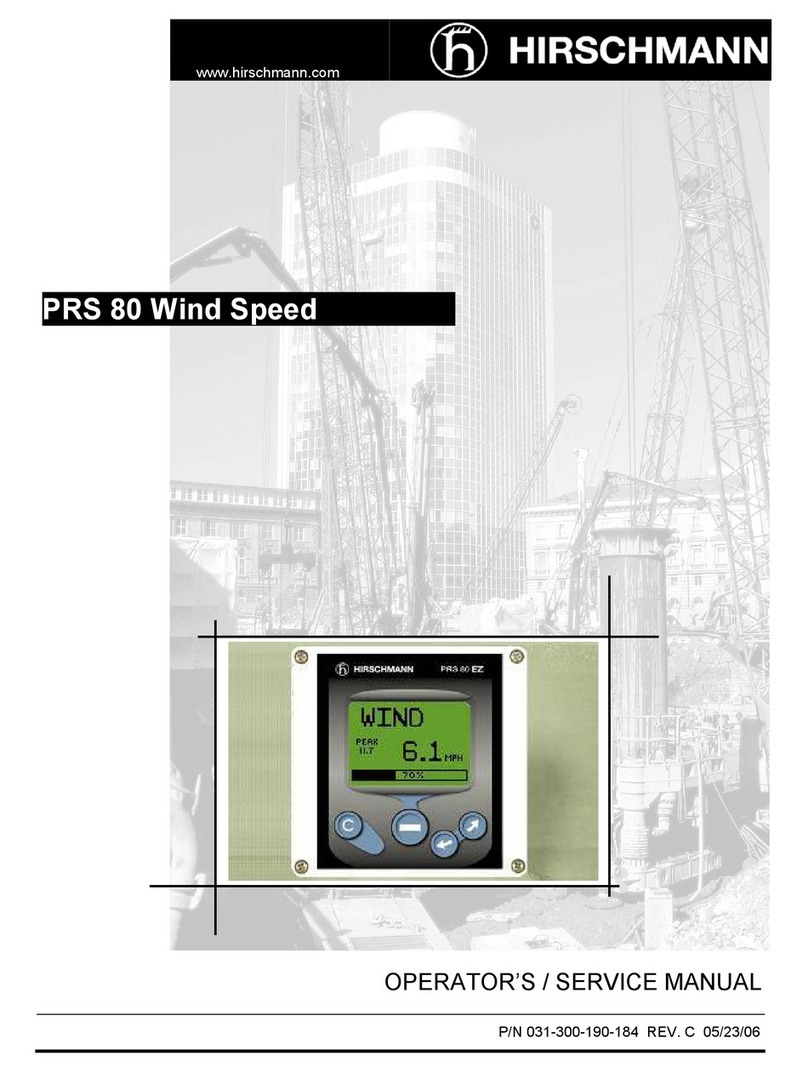
Hirschmann
Hirschmann PRS 80 Wind Speed User manual
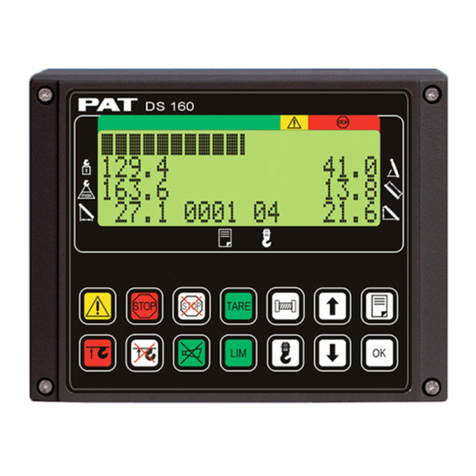
Hirschmann
Hirschmann PAT DS 160 User manual

Hirschmann
Hirschmann iVISOR mentor QVGA User manual
